Lamentably, our planet is currently facing a biodiversity crisis with many species on the brink of extinction. In this list, we highlight 10 remarkable animals that, tragically, may cease to exist before the next generation comes of age.
Come with us as we bring attention to these endangered species, highlighting the significance of conservation efforts to protect them from disappearing forever.
Javan Rhinoceros
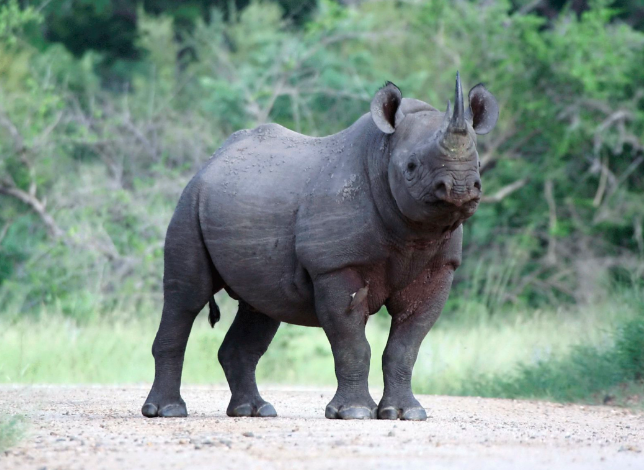
Critically Endangered
Even before your children grow up, the Javan Rhinoceros might no longer roam the Earth. With an estimated population of fewer than 70 individuals, this species is one of the most critically endangered mammals on the planet. Factors like poaching and habitat loss have pushed them to the brink of extinction.
Habitat Loss
With rampant deforestation and human encroachment into their natural habitats, the Javan Rhinoceros has little room left to thrive. The destruction of their habitat not only diminishes their food sources but also increases their vulnerability to poaching and other threats. Without significant conservation efforts, these majestic creatures may soon disappear forever.
To combat habitat loss, it is crucial to establish protected areas and corridors for the Javan Rhinoceros. These areas should be strictly monitored and enforced to prevent any further encroachment or illegal activities. In addition, raising awareness about the importance of preserving their habitats is crucial to garner support and resources for conservation efforts.
Vaquita
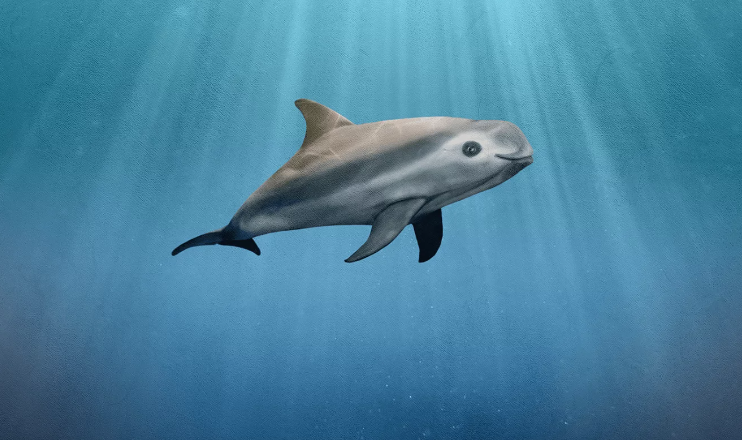
Nearly extinct
With only an estimated 10 individuals left in the wild, the vaquita is on the brink of extinction. These small porpoises, found in the Gulf of California, are the most endangered marine mammal in the world.
Illegal fishing
You may be wondering how the vaquita has reached such critically low numbers. The primary threat to these shy creatures is illegal fishing, specifically the use of gillnets to catch another endangered species, the totoaba fish. These gillnets are nearly invisible in the water and often entangle vaquitas, leading to their deaths as bycatch.
The vaquita faces a grim future if immediate action is not taken to stop the illegal fishing practices that are driving this species towards extinction. It is crucial for governments, conservation organizations, and communities to work together to enforce protection measures and find sustainable fishing alternatives to save the vaquita from disappearing forever.
The Saola
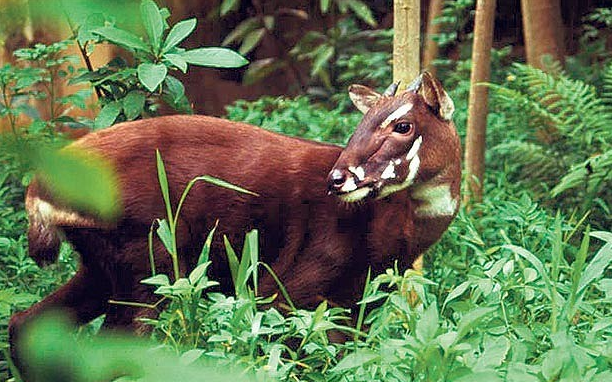
Rarely seen
The Saola, also known as the Asian unicorn, is one of the rarest and most elusive animals in the world. This majestic creature is only found in the Annamite Mountains on the border of Vietnam and Laos, making sightings incredibly rare.
Hunting threat
Any sightings of the Saola are usually by chance, as the animal is extremely shy and elusive. Unfortunately, the Saola is facing a severe threat from hunting, with poachers targeting it for its unique horns, which are believed to have medicinal properties in some cultures. The indiscriminate hunting of this already rare species poses a grave danger to its survival.
It is estimated that there are only a few dozen Saolas left in the wild, making it critically endangered. Conservation efforts are underway to try and protect this elusive creature, but time is running out as the threat of hunting continues to loom large.
Also Read – Top 5 Most Expensive Dog Breeds In The World
Sumatran Elephant

Deforestation impact
Not only is the Sumatran elephant facing threats from poaching and human-wildlife conflict, but deforestation is also a major factor contributing to their declining population. The rapid rate of deforestation in Sumatra has led to habitat loss, making it difficult for these elephants to find food and navigate their shrinking territory.
Population decline
While the exact population numbers of Sumatran elephants are difficult to determine, it is estimated that there are less than 2,800 individuals left in the wild. This rapid decline is primarily due to habitat loss, as well as poaching for their ivory tusks.
A study by the Worldwide Fund for Nature (WWF) found that the Sumatran elephant population has decreased by 70% in the past two decades, highlighting the urgent need for conservation efforts to protect these majestic creatures before it’s too late.
Sumatran Orangutan

Forest fires
Orangutans are facing a major threat from the devastating forest fires that are rampant in Indonesia. These fires destroy their natural habitat, leading to loss of food sources and shelter. The resulting deforestation also fragments their already dwindling populations, making it harder for them to find mates and reproduce.
Poaching problem
Any form of poaching exacerbates the already critical situation of the Sumatran Orangutan. These intelligent creatures are targeted by poachers for their infants, which are then sold into the illegal pet trade. The demand for exotic pets further threatens the survival of this species along with habitat loss and other human-induced threats.
The Sumatran Orangutan is a critically endangered species with estimated fewer than 14,000 individuals left in the wild. The ongoing poaching problem only adds to the challenges they face in their fight for survival. It is crucial that immediate action is taken to protect these majestic creatures from extinction.
North Atlantic Right Whale
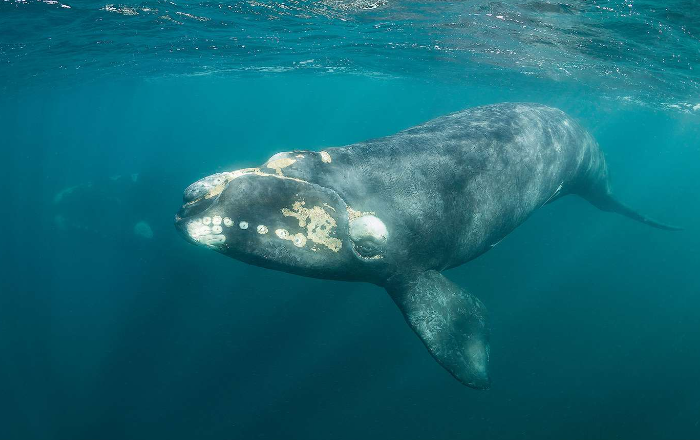
Shipping lanes
After centuries of being hunted to the brink of extinction, the North Atlantic Right Whale’s population continues to decline due to collisions with ships in busy shipping lanes. These gentle giants are often unable to avoid oncoming vessels, resulting in fatal injuries that further threaten their survival.
Fishing gear
Clearly, another significant threat to the North Atlantic Right Whale is entanglement in fishing gear. These whales often get caught in nets, lines, and traps meant for fish, leading to severe injuries or even death. The fishing industry must take immediate action to prevent these incidents and protect this critically endangered species.
You might wonder how fishing gear poses such a significant risk to North Atlantic Right Whales. The answer lies in the fact that these whales are filter feeders, meaning they sieve tiny organisms like zooplankton through their baleen plates. Unfortunately, the ropes and lines used in fishing gear can easily entangle these baleen whales, causing them harm and even death.
Cross River Gorilla

Low Numbers
Many experts believe that the Cross River Gorilla, a subspecies of the Western Gorilla, is one of the most endangered primates in the world. With an estimated population of only around 300 individuals remaining in the wild, their numbers are rapidly declining due to habitat loss and fragmentation.
Poaching Pressure
An alarming threat to the survival of the Cross River Gorilla is the illegal poaching activities that target these majestic creatures for bushmeat and traditional medicine. Poachers pose a significant danger to the already fragile population, putting immense pressure on their existence.
If immediate action is not taken to curb poaching activities and protect the habitat of the Cross River Gorilla, this critically endangered species may face extinction in the near future. Without proper intervention, the prospect of future generations witnessing these remarkable animals in the wild is bleak.
Gorilla populations are facing unprecedented challenges, and the Cross River Gorilla is no exception. It is crucial to raise awareness about the plight of these magnificent creatures and mobilize efforts for their conservation before it’s too late.
Hawksbill Turtle

Trade victims
Assuming current trends continue, hawksbill turtles will likely go extinct before your children grow up due to the rampant illegal trade in their beautiful shell, known as “tortoiseshell.” Despite the international ban on their trade, demand for hawksbill products in the form of jewelry, ornaments, and souvenirs remains high in some parts of the world. This relentless poaching is pushing these magnificent creatures to the brink of extinction.
Coral reef degradation
Assuming nothing is done to address the continuing degradation of coral reefs, the hawksbill turtle population will suffer greatly. Hawksbill turtles rely on coral reefs for food, as well as nesting and refuge sites. With coral reefs facing threats such as climate change, pollution, and overfishing, the hawksbill turtles are losing critical habitat at an alarming rate, putting their survival at risk.
Hawksbill turtles play a crucial role in maintaining the health of coral reefs by controlling sponge populations, which can otherwise outcompete corals and reduce biodiversity. The absence of hawksbill turtles could result in a continued decline in coral reefs, negatively affecting numerous marine species that rely on them for survival.
The illegal trade in hawksbill turtles and their habitats not only directly impacts the survival of these magnificent creatures but also leads to detrimental effects on the entire marine ecosystem. It is imperative that immediate action is taken to combat illegal poaching and protect the habitats of hawksbill turtles before it’s too late.
Amur Leopard
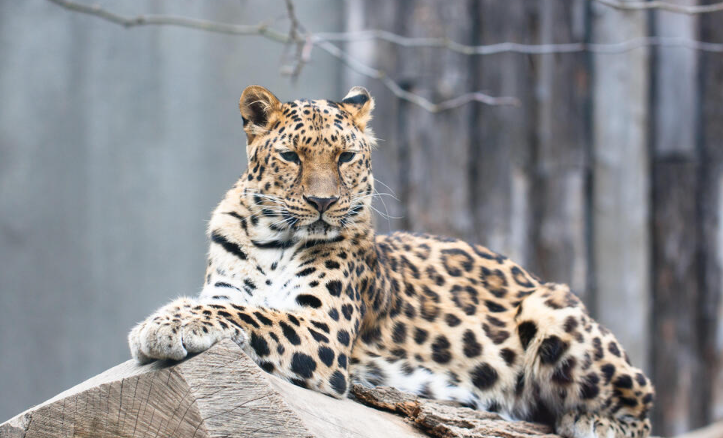
Poaching crisis
One of the biggest threats to the Amur Leopard is poaching. These magnificent big cats are targeted by illegal hunters for their beautiful fur, which is highly prized in the black market. Despite conservation efforts, poaching remains a major problem that continues to put these animals at risk of extinction.
Fewer than 100
If current trends continue, the Amur Leopard population is on track to decline further, possibly reaching fewer than 100 individuals in the wild. This critically low number is a stark reminder of the urgent need for conservation actions to protect these endangered cats from disappearing forever.
Amur Leopards are a critically endangered species native to the Russian Far East and parts of northeastern China. These elusive cats are known for their stunning coat pattern, which provides excellent camouflage in their forest habitat. Conservation efforts are underway to save the Amur Leopard from extinction, but urgent action is needed to ensure their survival for future generations.
Kakapo
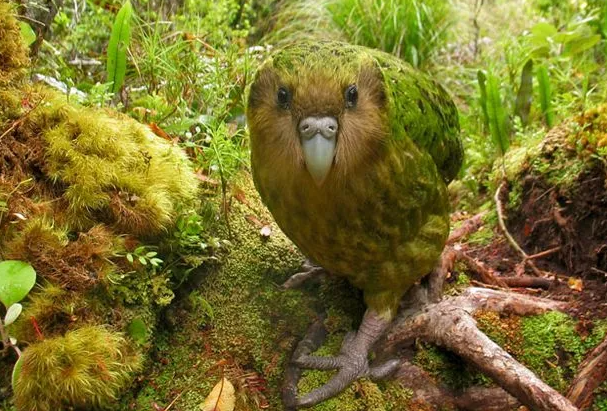
Nocturnal parrot
Keep an eye on the Kakapo, also known as the owl parrot, a rare and unique species native to New Zealand. These flightless, nocturnal parrots are known for their distinct green plumage and adorable appearance. With their unusual habits and vulnerability to predators, the Kakapo are facing a serious threat of extinction.
Fertility issues
Some researchers have identified fertility issues as a major concern for the Kakapo population. Due to their low reproductive rates and limited genetic diversity, the Kakapo struggle to successfully breed and raise offspring in the wild.
Fertility in Kakapo is directly linked to their limited genetic pool, which can lead to inbreeding and decreased fertility rates. For instance, older females have a reduced ability to produce viable eggs, while males may struggle with mating due to territorial competition and other factors.
Summing up
In the end, the truth is that our planet is in the midst of a serious crisis of wildlife extinction. The compilation of “10 Animals That Will Vanish Before Your Kids Reach Adulthood” stands as a striking alert of the pressing call for worldwide action to safeguard these at-risk creatures.
It is essential for each of us to place importance on conservation measures and opt for sustainable practices to safeguard the variety of life on Earth for the generations to come.







